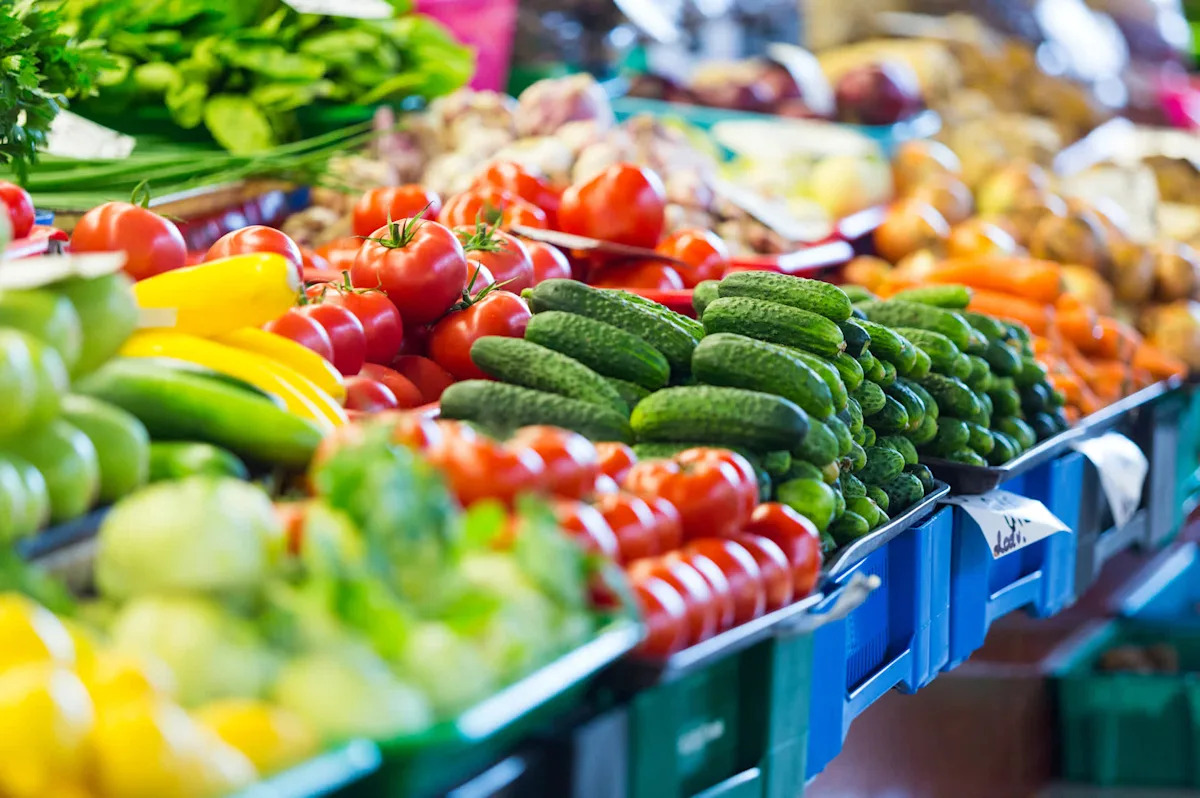While plants and animals have some ability to adapt to changes in temperature, the more our Earth heats up, the more the health of every species is impacted.
Some creatures can travel to escape the heat or adapt to the new conditions, but what about the food crops that humanity relies on?
Many locations around the world are seeing costs surge as crops perform poorly or fail entirely — and this year, India is feeling the heat, the Times of India reported.
What’s happening?
Thanks to high temperatures and insufficient rainfall in May, vegetable prices soared in Kolkata in early June. Some items reached almost twice their previous prices.
These conditions didn’t just affect the cost, either.
“The quality of vegetables has deteriorated,” said Kamal De, president of the West Bengal Vendors’ Association, per the Times of India. “The produce is smaller, less fresh, and spoils quickly, making it hard to store. So, vendors are lowering their uptake.”
Watch now: How bad is a gas stove for your home’s indoor air quality?
The most strongly affected crops are heat-sensitive vegetables like eggplant, tomato, bitter gourd, and drumsticks, but other plants are also seeing rising prices.
“We had a good run of steady prices, but now things are changing fast,” said Behala resident Gaurab Das, per the Times of India. “If this trend continues, it’ll be a long-term worry.”
Why are these rising temperatures concerning?
Normally, India sees a period of heavy rains known as monsoon season beginning in June. This helps the thirsty plants recover after the drier period earlier in the year, ensuring plentiful food production for the residents.
However, as the world gets hotter and the climate gets less stable, this old pattern is harder to rely on, making food harder to come by and more expensive.
The eggplant crop was of particular concern, as rain is needed for the new young plants that farmers need to start in the season.
“From June to mid-Sept, [eggplant] output drops by as much as 70–80% as old plants are uprooted and fresh ones take time to yield,” the Times of India relayed from a source in the horticulture department.
The more the monsoon is delayed, the shorter supplies will become and the higher prices will rise.
What’s being done about crops affected by heat?
Researchers are hard at work looking for ways to make crops heat resistant or protect existing plants. There are some promising options that could ensure we still have food to eat in a hotter, drier future.
However, the best option we have is to protect our current climate by reducing heat-trapping air pollution — and that starts with learning about climate issues.
Join our free newsletter for easy tips to save more and waste less, and don’t miss this cool list of easy ways to help yourself while helping the planet.
